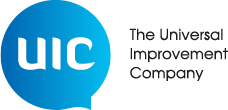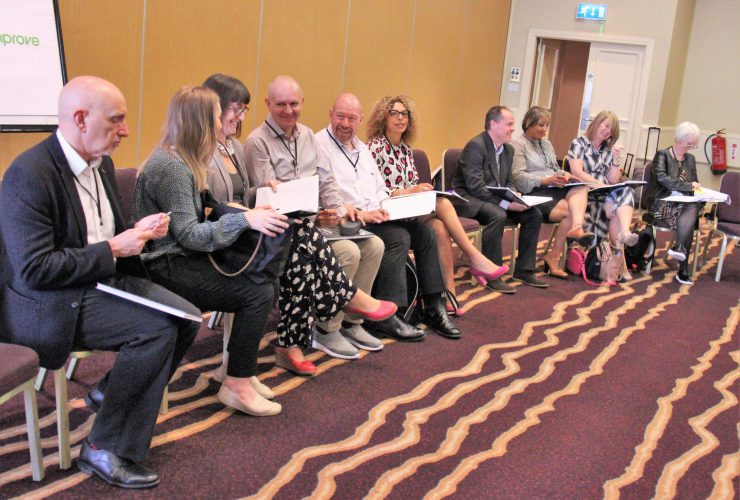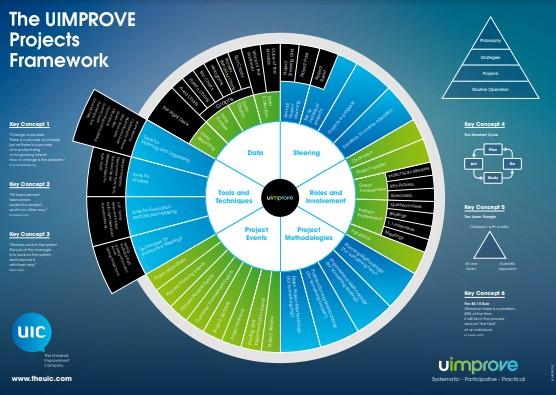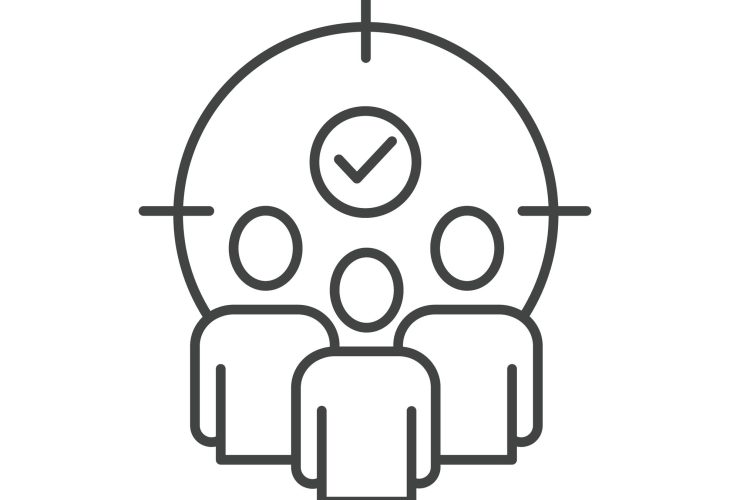Integration – getting it together…
Systematic, Participative, Practical – these are the words that neatly summarise the UIMPROVE system of organisational improvement. And, as most UIMPROVE practitioners know, it is the integrated nature of the approach that sets it apart from so many others.
So, as the season of togetherness draws near, Lucy shines a twinkling spotlight on ‘integration’, and reflects on what this means in practice.

The elusive Golden Thread…one for the Christmas list?
Integration of what?
When the UIC talks about ‘integration’, we are referring to all the vital components of organisational life that allow for continuous improvement, ongoing business survival and growth.
Where lots of business advice focuses on the integration of systems and processes – which are of course important – there is a lack of emphasis on integrated thinking when it comes to continuous improvement and how this aligns with corporate strategy.
The easiest way to conceptualise this is to take a look at the Organisational Activity Model:
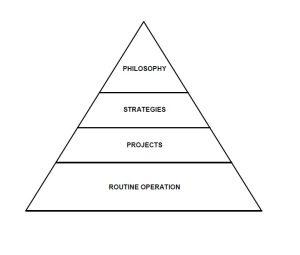 What we are looking to integrate is Philosophy (Mission, Vision, Values), Strategies, Projects and Routine Operation in a way that delivers greatest value for the organisation and its customers.
What we are looking to integrate is Philosophy (Mission, Vision, Values), Strategies, Projects and Routine Operation in a way that delivers greatest value for the organisation and its customers.
Sounds obvious, doesn’t it? Commonly referred to as ‘The Golden Thread’, this kind of integration is the holy grail for many business leaders – but in many cases this thread can amount to little more than good intentions, rather than a systematic approach which helps to deliver on the organisation’s purpose.
Integrated thinking
Looking at the whole piece requires not just an integration of systems and processes, but integrated thinking.
This means:
- Ensuring that the organisation’s Mission and Vision are manifest in strategies and projects
- In reverse, ensuring strategies are designed to deliver the Mission and Vision
- Identifying and prioritising projects that will deliver the organisation’s strategies
- Ensuring that routine operation is continuously improved, systematically, through projects
This may sound obvious, but in reality many organisations take a different approach depending on which part of the Organisational Activity Model they are working with. While this may not be inherently problematic, it can lead to a waste of time, money and energy where approaches do not align and/or insufficient thought is put into how each tier fits together.
For example, there may be some whizzy consultants who are airdropped in to help with Mission and Vision, some others to work on Values, and a different approach applied to project management – while data is the reserve of a few chosen specialists.
Of course different suppliers have their niches and specialisms and it is not the purpose of this post to discredit people who work in these spaces. Plurality is often a good thing. But without being able to answer the question ‘what next?’ at each level, good work can only achieve suboptimal impact.
In addition, we see lots of organisations (sensibly) try to improve processes which could be more efficient, but without necessarily aligning these improvements with strategy, or without sufficient scrutiny of the data to tell them which processes to prioritise for improvement.
How to go about integration
‘Responsibility for quality lies at the top’ – Dr W. Edwards Deming
While the nuts and bolts of integration may be delegated to business improvement colleagues or – for the organisations lucky enough to have them, UIMPROVE Coordinators – integrated thinking flows from leadership. It is for senior management to oversee and steer integration through Strategy Development and the Annual Corporate Planning Process. It is for team managers to provide the feedback loop through control of routine operation and data, and the selection and prioritisation of projects at a team level.
Of course, the ‘how to’ is contained within the ‘Systematic, Participative’ part of our strapline. A step-by-step approach is needed, with the right level of involvement from people who do the job at each stage
Barriers to successful integration
Investment
Taking a truly integrated approach to organisational improvement takes investment. It requires people to speak a common language around improvement, and to have the knowledge of how to go about it. It requires teams to spend quality time together, working systematically through their priorities. This investment can sometimes be devalued by organisations who are in constant fire-fighting mode. There is never a perfect time to try and get this right. Putting out fires is important – but so is preventing them flaring up in the first place.
Integration vs Agility
We have observed an interesting shift in recent years (owed in large part to the pandemic) that has seen organisations prioritise agility and responsiveness over taking a systematic, integrated approach. While this shift has been a matter of survival for many businesses, there is the risk of ‘mission creep’ where leaders do not take step back to ensure service improvements remain aligned with organisational philosophy and are delivered systematically through projects (rather than in a reactive manner).
There is also fear that an integrated approach can be overly-prescriptive and stifle creativity. However, if integration is underpinned by a truly participative approach, innovation and creativity should flourish.
Organisational climate
Organisational climate is also worth a mention here. A closely-linked term to ‘integration’ is ‘integrity’, and a truly integrated approach should uphold professional and individual integrity through a transparent corporate planning process.
Full transparency requires leaders to be vulnerable – and this is not a comfortable place for all leaders, by any means. Sure, there was a bit of vulnerability craze in the corporate world a couple of years ago – but efforts to convey vulnerability as a leader can come across as fake without processes that provide a channel for justifying what you are doing, doing what you say you will do, and providing an adequate explanation for when you don’t.
Conclusion
In conclusion, the journey towards effective organisational improvement is not just about integrating systems and processes; it’s about fostering a culture of integrated thinking at every level.
This takes work, knowledge, and a methodical approach which is led with transparency from the top and systematically incorporates the voices of those who do the job at each stage.
Ready to up your integration game?
Get in touch for an informal chat about how UIMPROVE can make help your organisation make its improvement efforts more systematic, participative and practical. Or sign up to our FREE Introduction to UIMPROVE Webinar to find out more.
